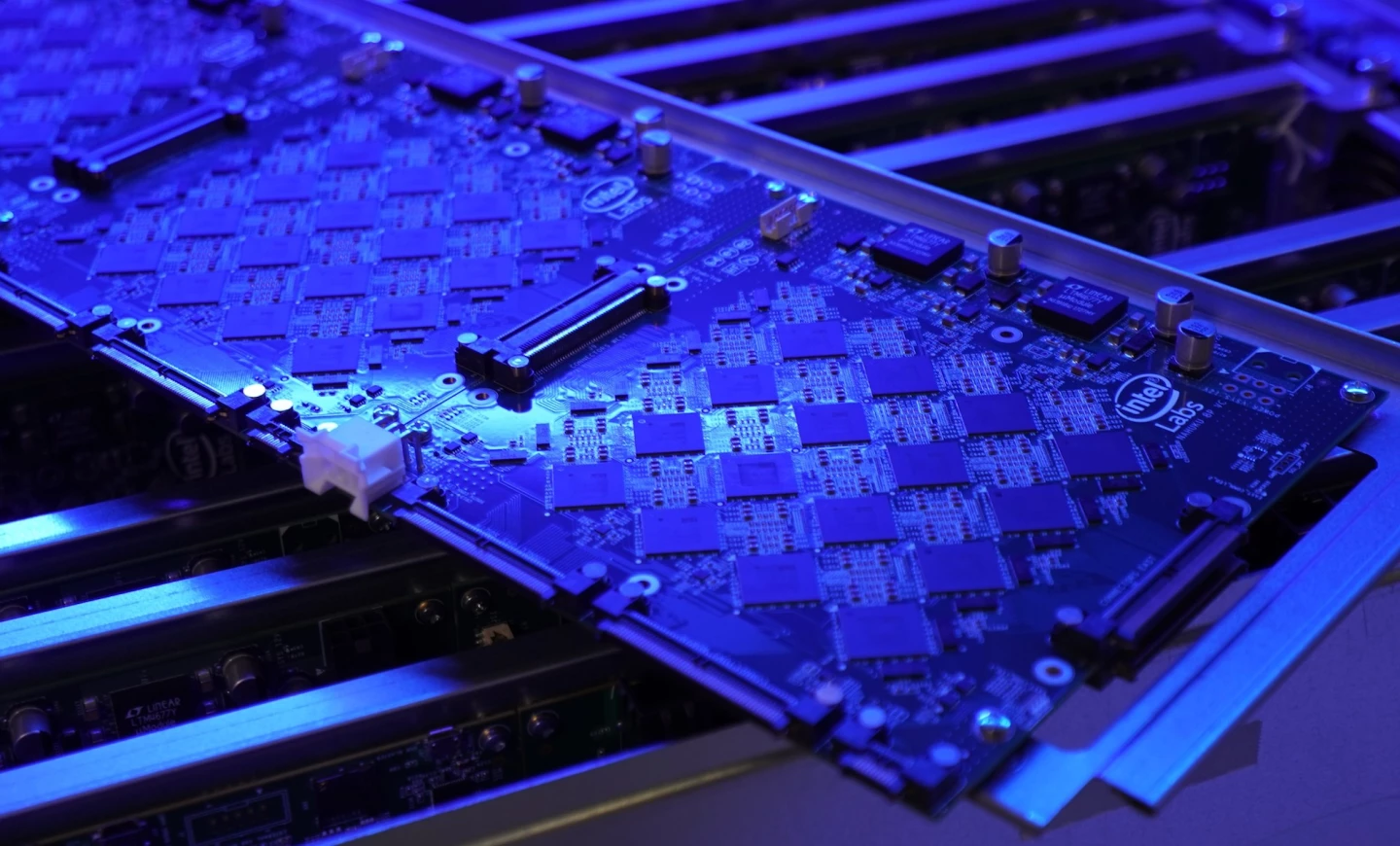As impressive as computers are becoming, they still pale in comparison to nature’s version – the brain. As such scientists have started designing computer chips that work in a similar way to the brain, using artificial neurons and synapses. Now Intel has unveiled its most powerful “neuromorphic” computing system to date. Named Pohoiki Springs, this system packs in 100 million neurons, putting it on par with the brain of a small mammal.
Traditional computer chips are excellent at quickly crunching huge numbers that would make a human’s eyes water. But they aren’t as adept at abstract problems like spotting the difference between dogs and cats, which we can do seemingly without thinking.
Machine learning is an emerging form of artificial intelligence that’s aiming to improve this. By training a system on thousands or millions of examples of what it needs to know, it can learn patterns and become very good at that type of task.

And that’s the type of computing system that Intel is now experimenting with. The Loihi neuromorphic processor packs 130,000 artificial neurons and 130 million synapses, and functions like a human brain. Traditional computers process information in one area then pass it on to another for storage. But the Loihi – like the brain – performs both functions in the same spot, saving time and energy. Plus, the chip rewires its connections over time, boosting that efficiency further.
Intel says that Loihi is as much as 1,000 times faster and 10,000 times more efficient at certain tasks than conventional processors. Just recently, for example, it was put to work identifying and categorizing smells in a new form of electronic nose.
Pohoiki Springs is the latest and most advanced system to use this processor. It’s made up of 768 Loihi chips in one box the size of five standard servers. That boosts the number of neurons to an astounding 100 million, putting it in the ballpark of the brain of a small mammal. And best of all, it runs on a pretty small amount of power, unlike other energy-guzzling servers.

This new system will be accessible via the cloud, allowing members of the Intel Neuromorphic Research Community (INRC) to tap into it to tackle more complex problems.
“Pohoiki Springs scales up our Loihi neuromorphic research chip by more than 750 times, while operating at a power level of under 500 watts,” says Mike Davies, INRC director. “The system enables our research partners to explore ways to accelerate workloads that run slowly today on conventional architectures, including high-performance computing (HPC) systems.”
Intel says Pohoiki Springs could be put to work in many different areas of computing, such as identifying optimal paths for driving directions or deliveries, minimizing risk in stock portfolio returns, or airline scheduling.
Source: Intel







